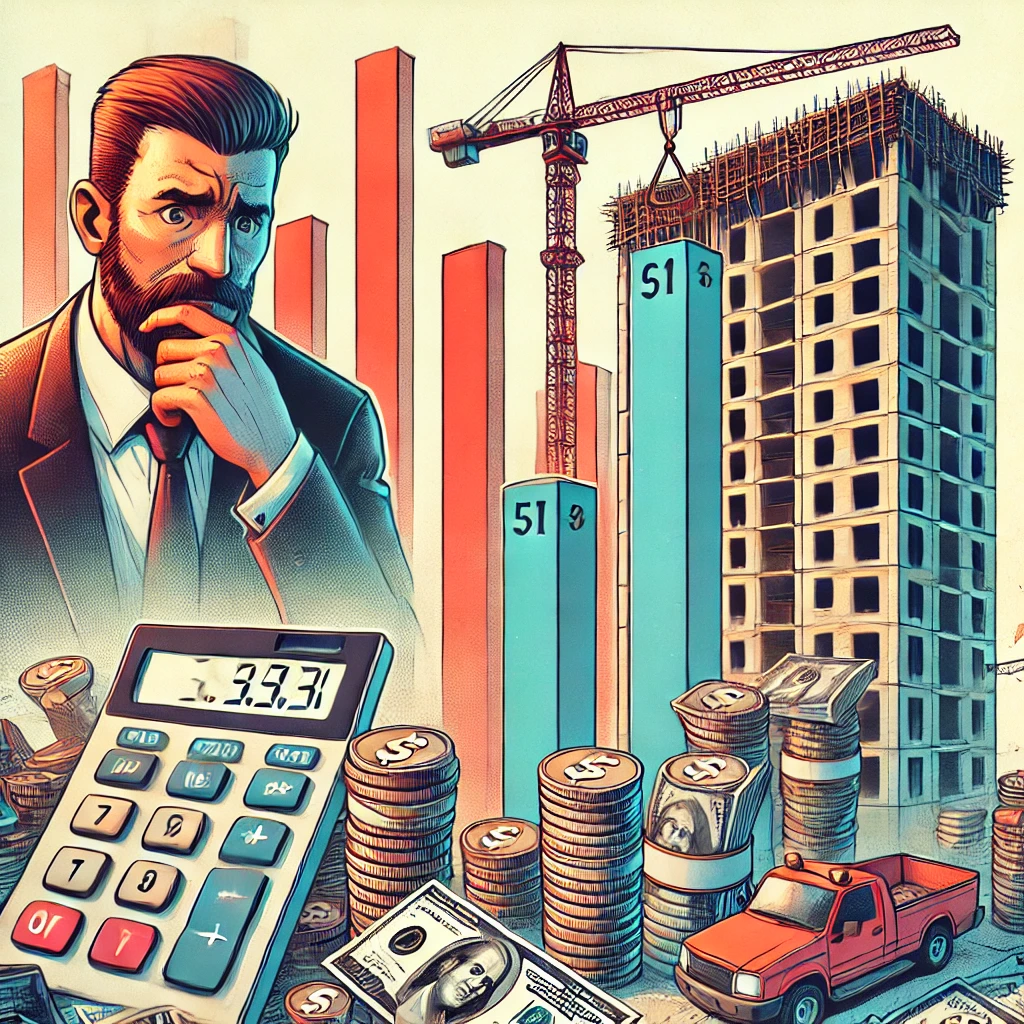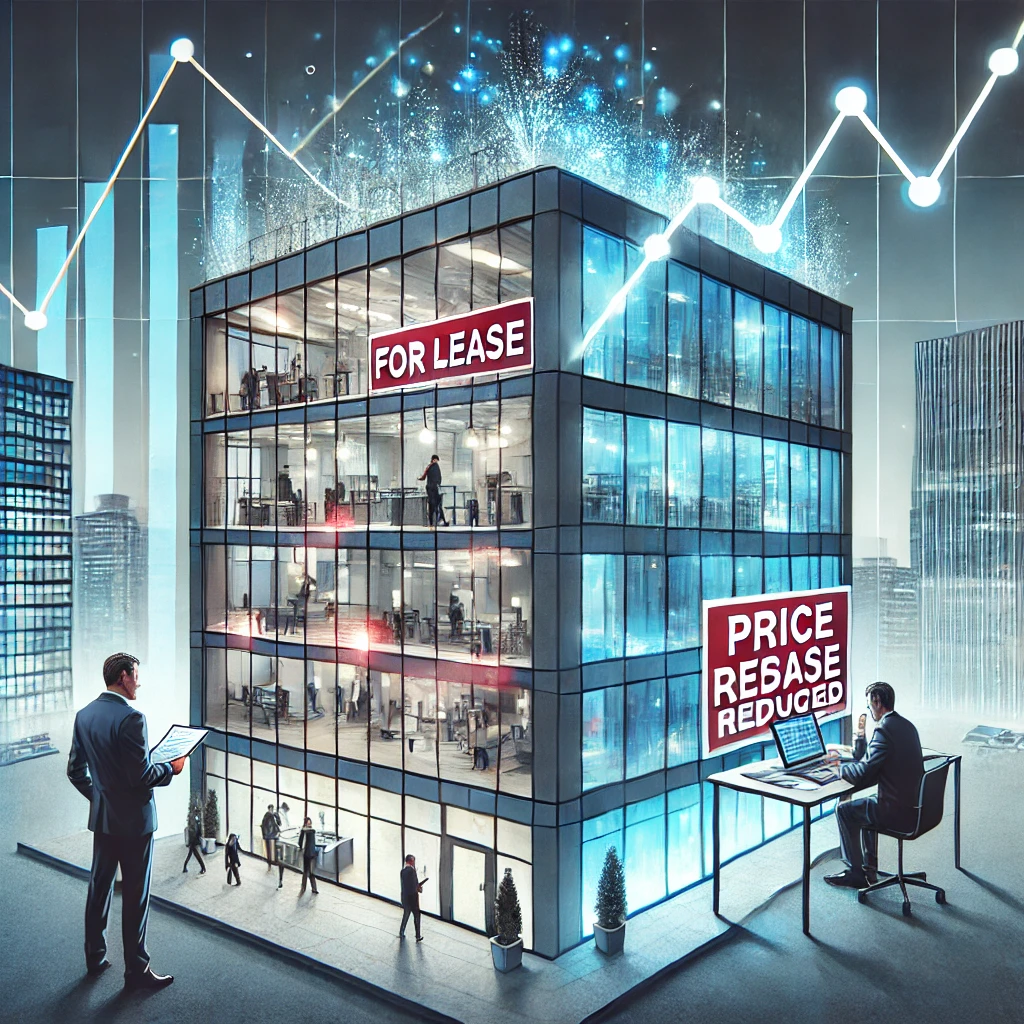The Trump administration’s tariffs have sparked intense debate over their economic impact, but one area that is often overlooked is commercial real estate (CRE). Whether you’re an investor, developer, or tenant, these trade policies could influence everything from construction costs to property values and market demand. Below, we explore ten key ways these tariffs are shaping the commercial real estate landscape. Let’s explore how Trump Tariffs Impact the Commercial Real Estate Market.
Table of Contents
ToggleRising Construction Costs

One of the most immediate effects of tariffs on commercial real estate is the rising cost of materials. Tariffs on steel, aluminum, and other essential building materials have led to higher prices, increasing the overall cost of construction. This means:
- Developers may see thinner profit margins.
- Investors might have to allocate more capital to complete projects.
- Tenants could face increased rents as costs trickle down.
Supply Chain Disruptions
The global supply chain has been strained due to trade policies, leading to delays in construction projects. When materials take longer to arrive, project timelines stretch, potentially leading to cost overruns and delayed returns on investment. Developers must consider:
- Diversifying suppliers to mitigate risk.
- Factoring in potential delays when planning new projects.
- Exploring alternative materials or construction methods.
Impact on Foreign Investment
Tariffs and trade tensions create uncertainty, discouraging foreign investors from entering the U.S. commercial real estate market. International investors often seek stability, and the unpredictability of trade policies can make them hesitant to commit capital to large-scale real estate deals. Reduced foreign investment can lead to:
- Decreased demand for high-end properties.
- Slower growth in major metropolitan real estate markets.
- A shift in investment focus to safer, more predictable asset classes.
Changing Demand for Industrial and Retail Spaces
Not all sectors of the commercial real estate market are negatively affected by tariffs. Some might even benefit:
Increased Domestic Manufacturing: Trade restrictions could encourage more domestic production, leading to higher demand for industrial and warehouse spaces.
Retail Sector Challenges: Higher import costs can lead to increased consumer prices, potentially reducing retail sales. This, in turn, could result in:
- Higher vacancy rates in shopping centers.
- Reduced expansion by major retailers.
- Increased demand for e-commerce fulfillment centers instead of brick-and-mortar retail.
Inflation and Rising Interest Rates
Higher costs due to tariffs contribute to inflation, which in turn can lead to rising interest rates. This makes borrowing more expensive for developers and investors, impacting their ability to finance new projects. Rising interest rates can also lead to:
- Decreased property values as financing becomes costlier.
- Reduced demand for commercial properties due to higher borrowing costs.
- A slowdown in new developments.
Office Market Adjustments

Tariffs influence job growth and corporate investment, both of which directly impact the office real estate market. As trade policies affect manufacturing and supply chain industries, companies may adjust their office leasing strategies. Some effects include:
- Decreased demand for office space in manufacturing-dependent cities.
- A shift toward flexible office space solutions as companies seek to minimize long-term commitments.
- An increased focus on co-working spaces as businesses look for cost-effective options.
Trade-Related Tax Incentives and Policy Shifts
While tariffs create challenges, they also encourage policy shifts, such as new tax incentives for domestic manufacturing and investment. These policies can have both positive and negative effects on commercial real estate:
- Increased incentives for developing industrial real estate.
- Potential tax credits for businesses that relocate production to the U.S.
- Shifts in investment patterns based on government incentives.
Agricultural and Rural Real Estate Impacts
Trade restrictions often affect the agricultural sector, which in turn influences rural commercial real estate. When farmers and agribusinesses face export challenges, rural economies suffer, leading to:
- Reduced demand for warehouse and distribution space in farming regions.
- Lower land values in areas heavily reliant on agricultural exports.
- A slowdown in rural commercial development.
Alternative Construction Methods and Innovation

To combat rising material costs and supply chain delays, many developers are turning to alternative construction methods, such as:
- Modular and prefabricated construction to reduce material waste.
- 3D printing technology to lower costs and increase efficiency.
- Recycled and sustainable materials to offset tariff-related price increases.
The Future of Commercial Real Estate Amid Trade Policies
The impact of tariffs on commercial real estate is not a temporary issue; rather, it reflects a larger shift in global economic policies. As the U.S. government continues to adjust its stance on international trade, real estate professionals must be proactive in navigating these changes.
Long-Term Economic Considerations
- Shifting Trade Alliances: As countries react to tariffs, new trade alliances are formed, which can influence global investment patterns. Investors should pay attention to these trends to anticipate market movements.
- Domestic Policy Changes: Future administrations may alter tariff structures, creating new opportunities or challenges for real estate markets.
- Investment Adaptation: Smart investors and developers are already taking steps to adapt by shifting investment strategies and exploring alternative financing options.
Adapting to the Changing Market
Strategies to navigate the shifting market include:
- Investing in Adaptive Reuse Projects: Rather than building new structures with expensive materials, developers are repurposing existing buildings to meet demand.
- Exploring Modular and Prefabricated Construction: These methods can reduce reliance on traditional materials affected by tariffs.
- Building Relationships with Domestic Suppliers: Strengthening local supply chains can help mitigate future disruptions.
Let’s Talk!
Navigating the complexities of commercial real estate amid shifting economic policies can be challenging, so if you’re looking for expert guidance on how tariffs could impact your investments or business plans—whether you’re buying, selling, or developing—let’s connect at 502-536-7315 or raphael@sumcg.com.
